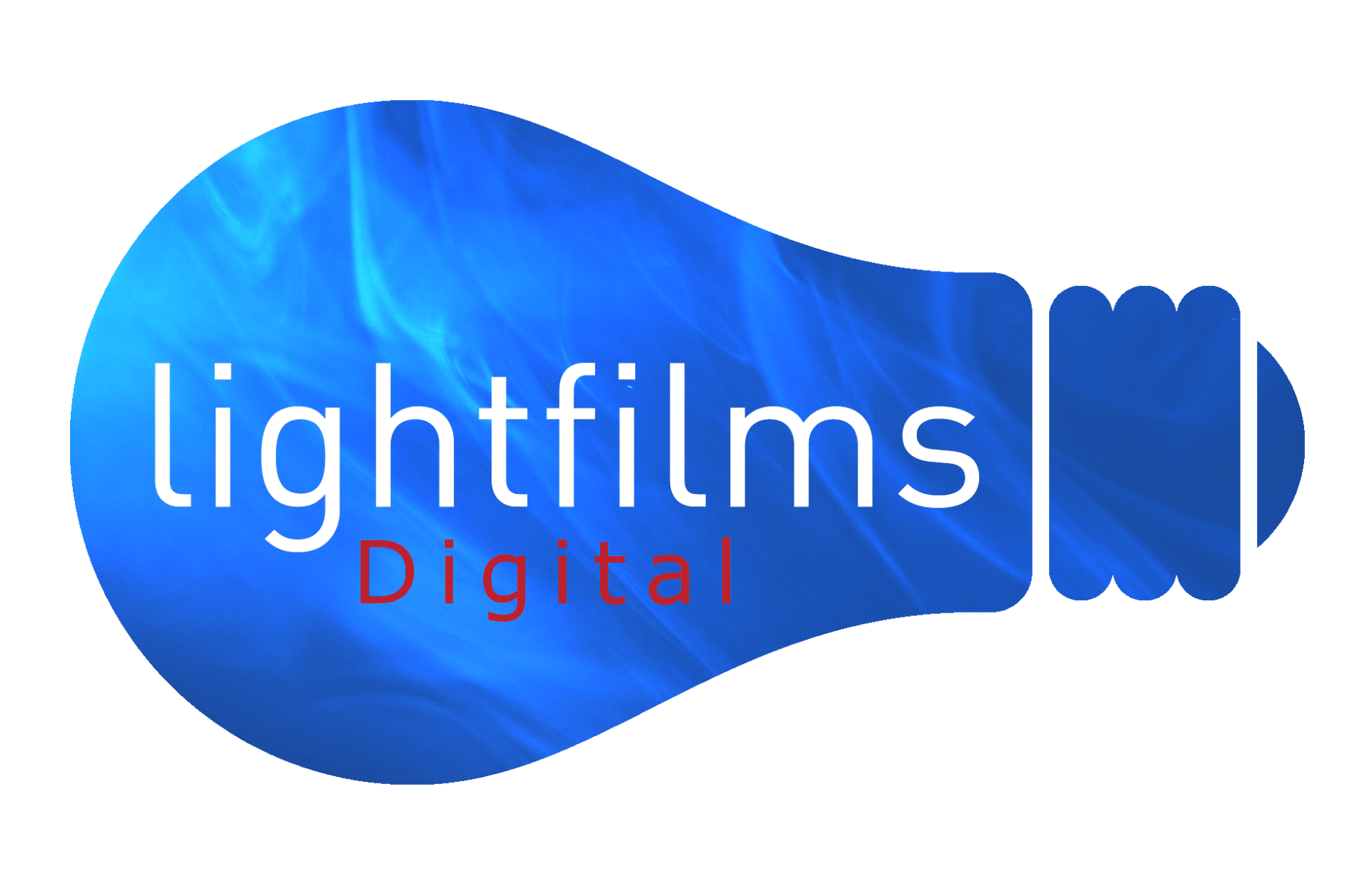All thing Sci-Fi
I've always loved sci-fi, ever since I was a kid and I saw Star Wars for the first time.
The amount of times I've started a sci-fi script; got half way through and realised it's un-film-able (without a budget the size of a small country) is too many to count. I love the fact that with sci-fi you can create your own rules; the past and the future can collide and create a really fascinating hybrid.
Just going back to Star Wars for a moment... One of the things that draws me to it is the old broken down nature of the future it portrays. Everything I'd seen up to that point showed the future as new and bright and shiny. This was a contrast to that.
The next film I watched that really pushed this idea further was Blade Runner; another example of incredible world-building. I loved the idea of recycling old and fashions and tech so it can be incorporated into a rundown future that is in direct contrast the the shiny polished versions of the future we saw in the 50s and 60s.
Discovering the Future
When I discovered Blender in 2019 my mind immediately went into override as to what the possibilities are. You know the phase walk before you run well. I completely ignored that and just went head-first into creating worlds and environments needless to say nothing was finished and nothing came out very well as you can see from the renders below.
This is where I really needed to learn the basics involved in modelling. The main issue being that I was doing a catagolue of things wrong. Now I'm sure that quite a few people will be saying I should have done this or done that but part of the learning curve is is making mistakes and understanding the reasons way thing s are needed to be done in a particular way or at least not in the way I was doing them to start with. So one of the main issues in what I was dong is the vertice count. I wasn't really paying any attention to it. Which is a bit of an issue, for 2 reasons, 1 my computer was old and couldn't handle and lot and secondly having too many would just be too many to keep track of.
Being able to keep track of the vertice count can be quite useful. I've since managed to work with in a vertice budget, which can still be very high but not to the point where my computer doesn't give up.
So after going back to school, so to speak, and learning the basics I thought it was it was time to revisit the sci-fi environments.
Once I was more aware of the basics I could start modeling some simple enviroments and even tried some simple cases and sci fi kind of looking objects.
This opened up the world of hard-surface modelling. This was like seeing behind the curtain. So many things that had looked unachievable only a few weeks earlier now seem, well not exactly simple but definitely do-able.
So I started to research and look into all things hard-surface. Some of the results were mixed at best but again the learning curve is never a straightforward one.
Once I had been able to build a few environments I and get to grip with the work flow I was felt it was time to start thinking able some more world building and creating some more of the environements that had interested me as a kid watching Star Wars for the first.
So now the next step in to start working on compositing live action footage into these environments and seeing how that goes. If it works and is to a standard that looks good I might be able finally make one of those unfilmable movies.





